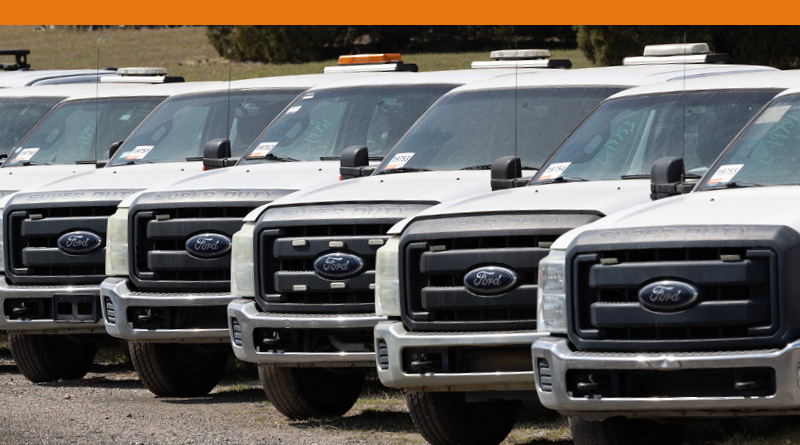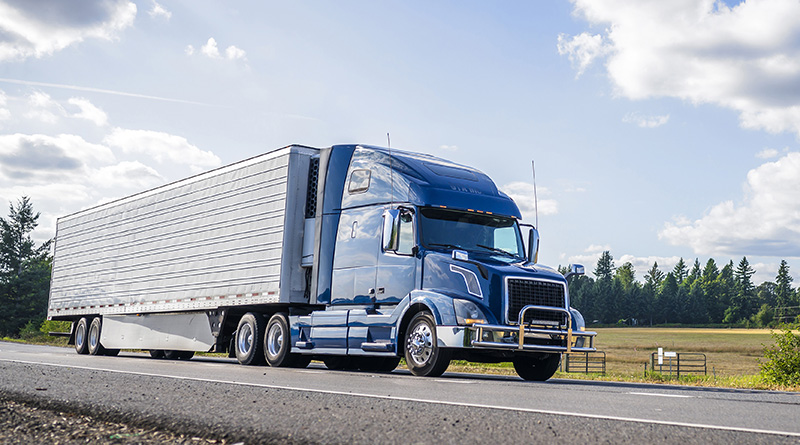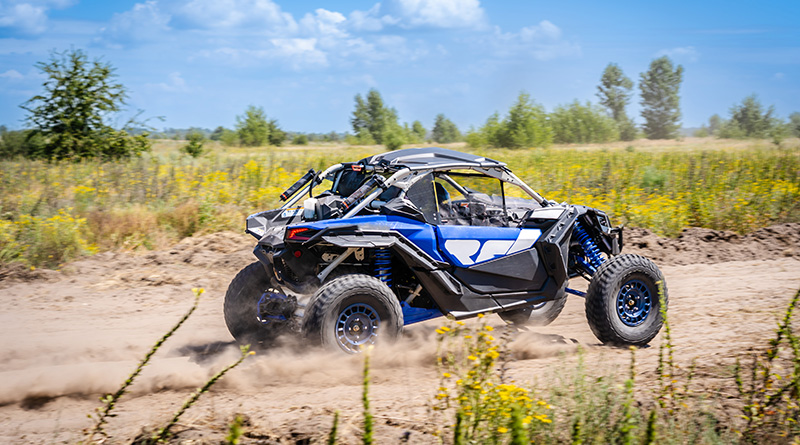Starting a skid steer business: How to get paid fast and build long-term profit
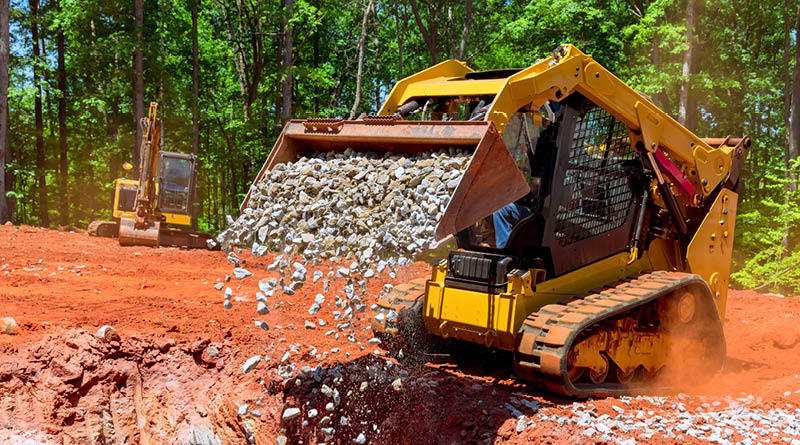
Starting a skid steer business can be one of the fastest ways to enter the equipment services market — if you know what to buy, which jobs to target, and how to price your work. By pairing the right machine with high-demand attachments and local marketing, you can start booking profitable jobs within weeks of launch.
Can a skid steer business be profitable? (and the jobs that actually pay)
Yes — a skid steer business can be profitable when you focus on high-demand, high-margin work and keep your operating costs under control. Many small operators earn a steady income by targeting jobs that general contractors or homeowners can’t easily handle without specialized equipment.
Jobs that consistently generate revenue include:
- High-demand, quick-start services: Driveway grading, brush clearing, post-hole digging, and material moving.
- Seasonal work to smooth cash flow: Snow removal, storm debris cleanup, and mulch/topsoil delivery.
- Niche, higher-rate jobs: Forestry mulching, small demolition projects, and gravel driveway rehabilitation.
By specializing in a few profitable services, you reduce setup time and improve your ability to upsell attachments for higher daily rates.
What’s the most profitable skid steer attachment? (and which ones to start with)
The most profitable skid steer attachment depends on your market, but industry operators frequently cite forestry mulchers/brush cutters, augers, grapples, power rakes, and snow attachments as top ROI performers.
For example:
- In wooded or rural areas, a forestry mulcher can command premium rates for lot clearing.
- In residential and construction markets, an auger and grapple combo allows you to handle fencing, landscaping, and demolition debris.
- In cold-weather regions, snow pushers and blowers often provide reliable winter income.
How many attachments should you start with?
Most new operators launch with 2–3 versatile attachments that cover a range of jobs. This approach keeps your startup costs lower while ensuring you can service multiple types of clients.
One of the biggest blocks to starting a business is capital, which is why buying supplementary skid steer attachments at Ritchie Bros. Can lower your startup costs with a wide variety and great prices.
Choosing the right skid steer (and how to haul it safely)
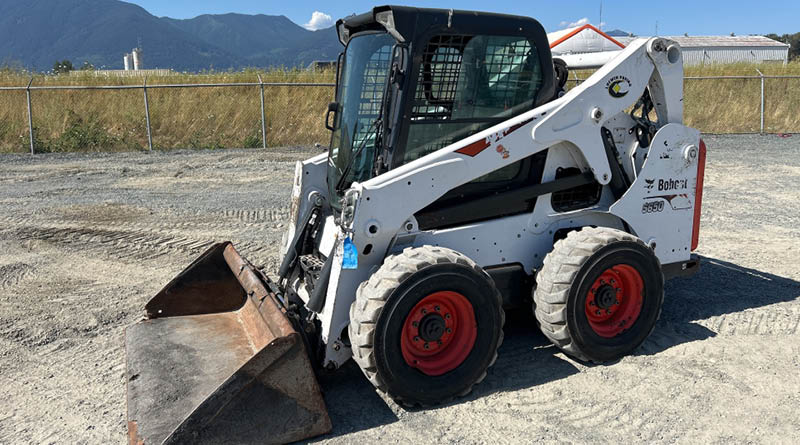
When starting a skid steer business, choosing the right machine size and configuration is key — and sourcing through Ritchie Bros. can help you do it more cost-effectively. Our auctions feature a wide selection of late-model and well-maintained skid steers and attachments from top brands.
Reducing your initial capital investment this way allows you to allocate more budget toward high-demand attachments, marketing, or transportation equipment.
Key considerations:
- Track vs. wheeled: Tracks provide better traction and less ground disturbance, ideal for landscaping and muddy conditions. Wheels offer faster travel and lower maintenance on hard surfaces.
- Standard vs. high-flow hydraulics: Only opt for high-flow if your target jobs require it (e.g., forestry mulching, cold planing).
- Machine size: Mid-size models (65–75 hp) balance power and transport ease.
Hauling essentials
Calculate your total load weight — machine + attachments + fuel + chains — to choose the right trailer and truck. Many operators use a 14,000–20,000 GVWR trailer with a ¾-ton or 1-ton truck, ensuring compliance with local hauling regulations and safe stopping power.
How much should I charge for skid steer work?
To make money with a skid steer, you’ll need a pricing structure that covers costs, includes your profit margin, and reflects local market rates.
Common pricing models:
- Hourly rate: US$75–$125/hour, depending on job type and attachment.
- Day rate: Often discounted for longer projects but still includes mobilization fees.
- Attachment premiums: Charge extra for specialized tools like forestry mulchers or augers.
Always factor in setup time, travel, and fuel to ensure your quote is profitable.
How do I find my first customers?
When starting a skid steer business, your first customers often come from local, low-cost marketing efforts and word-of-mouth.
Proven tactics:
- Google Business Profile: Optimize for your primary services and location.
- Local Facebook groups: Post before/after photos of completed jobs.
- Contractor partnerships: Offer overflow support to landscapers, builders, and paving crews.
- Networking at supply yards: Material suppliers often refer skid steer operators to their customers.
Your early jobs don’t just bring in revenue — they also create portfolio material for ongoing marketing.
What up-keep costs should I plan for?
Ongoing maintenance costs can quickly cut into profits if you don’t budget for them.
Typical expenses include:
- Fuel and DEF (if applicable).
- Track or tire replacement.
- Hydraulic hoses, fittings, and fluid changes.
- Filters and attachment wear parts (teeth, blades, auger bits).
Preventive maintenance not only avoids downtime but also preserves your machine’s resale value.
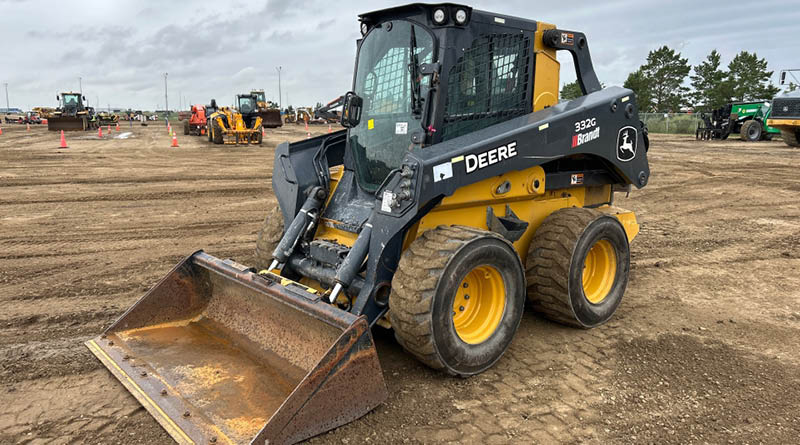
Skid steer business ideas (list you can steal)
If you’re looking for profitable skid steer business ideas, here are few proven niches:
- Gravel driveway repair and grading.
- Brush and lot clearing.
- Post-hole digging and small fencing projects.
- Material moving for DIYers and contractors.
- Stump removal.
- Snow removal contracts.
- Demolition cleanup.
- Shed/patio site preparation.
- Small drainage and grading projects.
Ritchie Bros.’ recommended quick start kit (checklist)
Your first steps to start a business with a skid steer:
- Machine & attachments: Bid on well-maintained skid steers and attachments at Ritchie Bros. auctions to keep startup costs low.
- Machine specs: Mid-size, versatile, fits most trailers.
- Hauling kit: Proper trailer and truck combo.
- Safety gear: PPE and load securement equipment.
- Pricing sheet: Clear hourly/day rates with attachment premiums.
- Portfolio: Take before/after photos for every job.
Final tip: Start small, focus on profitable niches, and reinvest early profits into expanding your attachment lineup. By building a reputation for reliability and results, you’ll position your skid steer business for long-term success — and steady income.
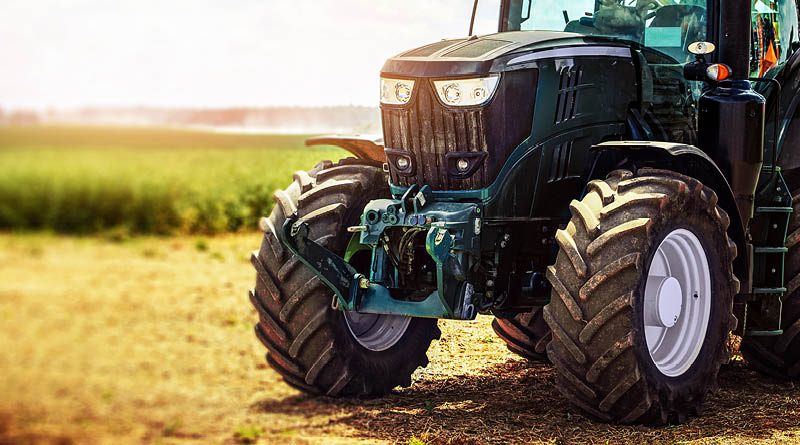 |
Your guide to the best tractor for small farm |


